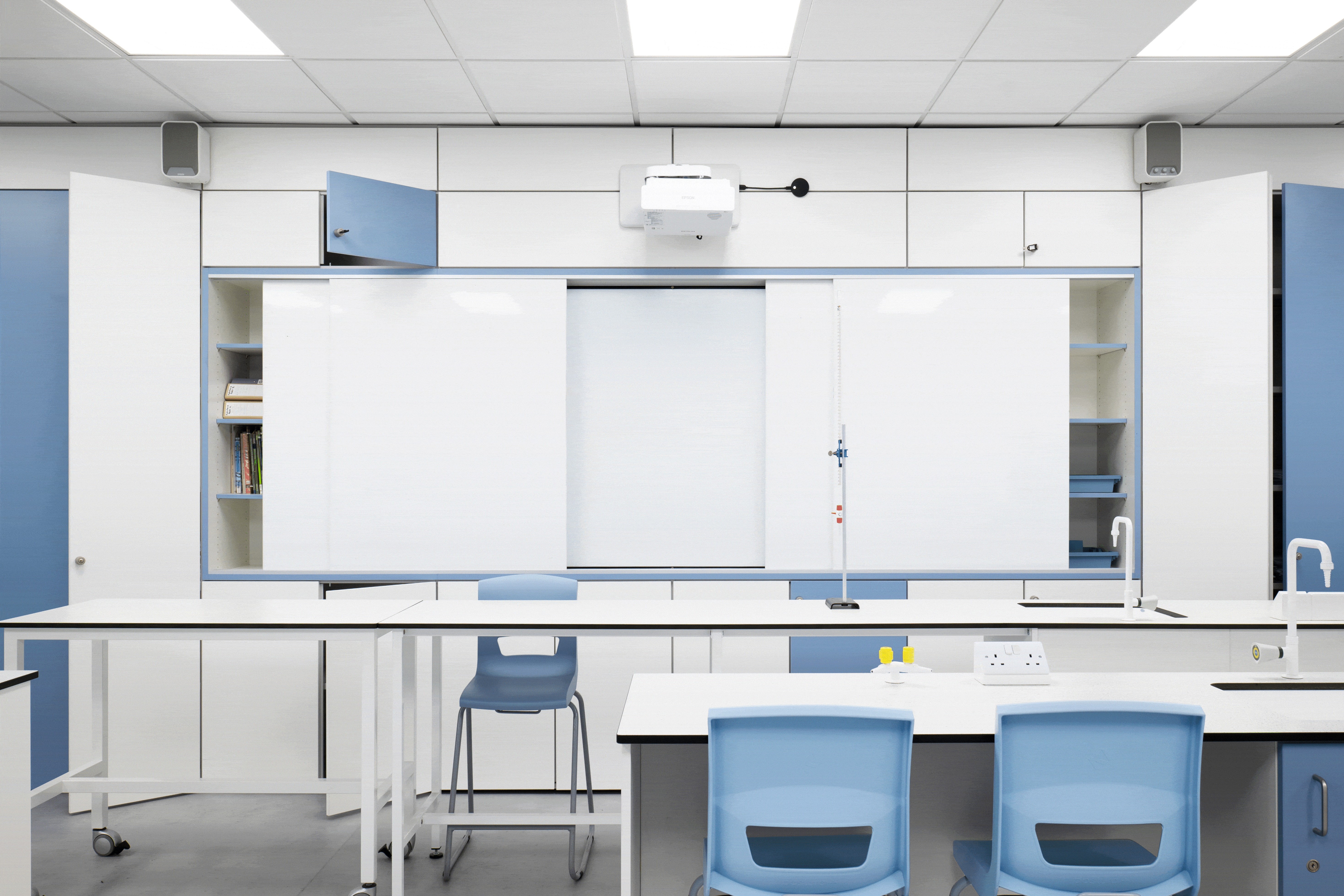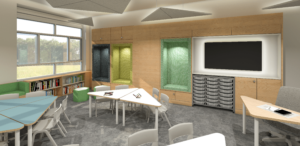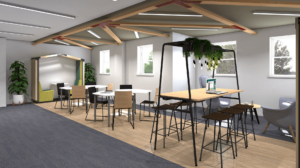Correctly utilised, the school library can establish itself as one of the most important spaces in the building. Through careful organisation and thoughtful planning, the library can be much more than a place to read. And whilst books should remain a focus of the space, modern students require a number of basic draws to lure them over the threshold of the library boundary.
To appeal to the widest possible audience, the design of any school library must centre around multifunctionality. A range of uses is key to guaranteeing that both students and staff will make the most of this space. Consider carefully all those who are going to be using the library and ask pertinent questions to ensure flexibility is successfully integrated. How will the interaction of the users change throughout the day, week, or year? Do some classes or students require easy access to specialist equipment? It is essential to provide an area that can be easily adapted in order to cater for all these users, however frequently they may be appearing.
In order to get the most from a designated library area, we explore the 6 most important things to consider when creating a multifunctional workspace.
- Acoustics –The importance of acoustics cannot be underestimated. Get this element right, and the library will gently fizz and hum with the inspiring sounds of productivity. Get it wrong, and a headache inducing cacophony of raised voices is going to ensure that visits to the library are short lived and irregular. Carefully consider the flooring and the materials used for items of furniture, and if necessary, install acoustic panels to minimise sound reflection around the room.
2. Zoning Zones within a library can be created in a varietyof ways: through furniture or flooring, via a change in lighting, or even colour coding furniture and accessories in a given area. It’s important to banish the dated view of libraries as quiet places. Instead, provision should be made to clearly distinguish between quiet zones (where students can work uninterrupted and in silence) and those areas that allow for collaboration.
3.Technology and Devices –A school wide decision needs to be taken regarding the use of technology in the library. Is it to be integrated or separated? There are merits in both options, so think carefully about what fits best for each individual set of circumstances. If technology is to be integrated, a variety of charging points and Wi-Fi hubs should be provided. If technology is to besegregated, consider allowing certain sections of the library to accommodate laptops or tablets.
4.Furniture and Materials –Every item of furniture in the library should have a valid and justifiable reason for occupying its space. Pay particular attentionto the use of light and its interaction with the furniture in the room. Is there an option to use moveable items of furniture in order to create ad hoc sections within the library? Bespoke items of furniture can be specially engineered to cater for even the most specific of needs. The creative use of materials such as glass can be utilised to create eye catching and highly effective transparent panelled rooms, perfect for group work or 1:1 sessions of tuition.
5.Different Levels –If the option is available, try adding mezzanine floors to your library. Not only is it a clever way of adding space, it sensitively distributes ambient noise and light throughout the entire area. The extra floor space will give an increasing sense of scale to the library, helping to create an awe-inspiring setting in which to work.
If you’ve got a school library refurbishment project you’d like to discuss with us, please get in touch to discuss your requirements.



